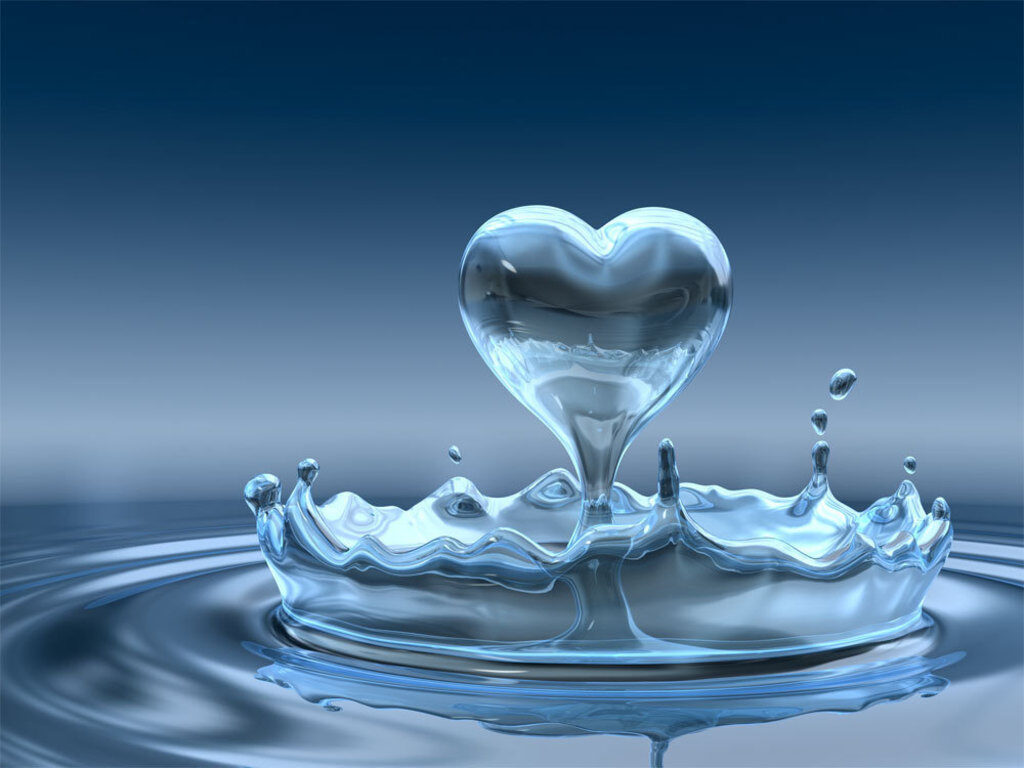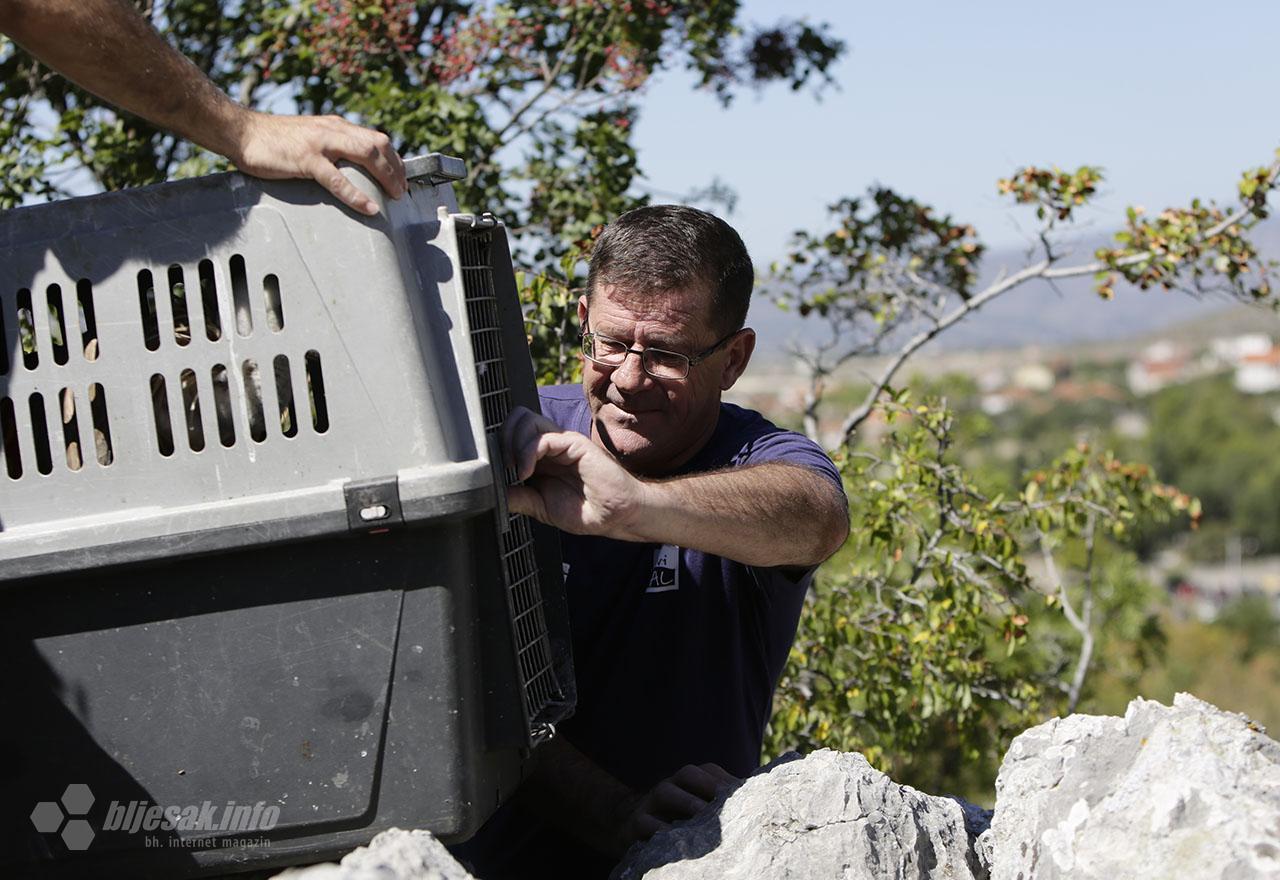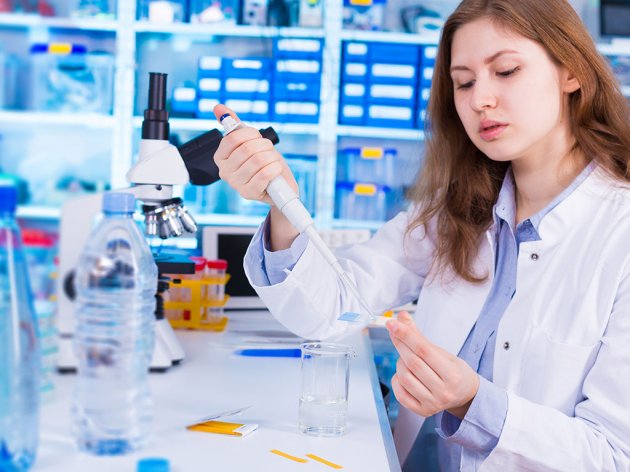Water as a resource of the future
Water mass covers as much as 71% of the Earth's surface. Of the total amount of water on Earth, 97.5% is salt water and 2.5% is fresh water. The largest part of fresh water is “trapped” in glaciers (68.9%), while groundwater accounts for 30.8% and lakes and rivers only 0.3% of total freshwater. It is estimated that only 1% of fresh water from the total amount of water on planet Earth can be used for all humanity's needs.
Natural resources or natural resources are natural goods that a person uses for his needs. Water, as the most basic of life matter, has an immeasurable significance for the living world, ecosystems and planet Earth. Water is constantly circulating in nature between Earth and the atmosphere. This continuous circulation of water is called the hydrological cycle. The circulation of water on Earth is an important process that makes life possible. Water is constantly circulating between the atmosphere, the ocean and the land. Water moves while changing its appearance, consumed by plants and animals. There are five processes in the water cycle: condensation, precipitation, infiltration, runoff and evapotranspiration. These five processes together make up the hydrological cycle.
As a source of drinking water, man uses groundwater and surface water. In arid areas where there are not enough sources for drinking, drinking water uses salt water from which salt is first removed, the process of desolination. At least, non-renewable groundwater resources are used as drinking water resources, ie. “Fossil water” or paleo-water. These are waters that have been trapped for many years due to various processes in the Earth's crust underground. Drinking water is also used which is frozen deep below the glacier in frozen form. About 1/10 of the Earth's surface is covered with ice masses known as glaciers or glaciers, containing more than 75% fresh water.
Water makes up an average of 65 to 70% of the mass of an adult. As we age, the amount of water in our body decreases as well. Water, except for drinking, is introduced into the body by food, and some of it is produced by the oxidation of food. On average, a person ingests about 2.5 liters of water per day. During the year we drink about 1000 liters of water. How much water we drink depends on the weight, climatic conditions, activities, etc. It is recommended to drink a liter and a half to two liters of water daily. That amount roughly fits in seven to eight glasses.
In the world, most water is spent on agriculture, industry, and the least in households. Water pollutants are: wastewater, industry, transport, landfills, chemicals used in agriculture. Without water we cannot, water supplies are not inexhaustible and can be easily polluted. The development of industry and agriculture, the concentration of population in larger urban areas, as a consequence, is a growing and more difficult problem in terms of water protection in general, and in particular the existing sources of drinking water!




